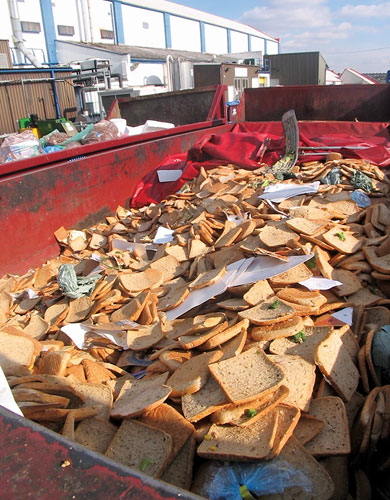Creating a plastic free pantry is an easy way to reduce your contribution to landfill and exposure to chemicals from plastic.
Plastic free products are alternatives made from glass, stainless steel, organic cotton, hemp, jute, bamboo and wood, and have no plastic packaging. The benefit of glass is it is nontoxic, nonporous, stain resistant and infinitely recyclable whereas plastic is quite the opposite and made from a concoction of synthetic chemicals, some known carcinogens and hormone disruptors. Creating a plastic free pantry is easy and can be very affordable. Follow the steps below to create and maintain a plastic free pantry in your home.
1. Start by collecting and purchasing glass jars:
You can build up a collection on mismatched glass jars by collecting them as you use them from premade sauces and spreads. Alternatively, you can purchase a collection of matching glass jars specifically designed for storing a variety of foods. Kilner products are great for creating a plastic free pantry with its large range of glass jars available in various shapes and sizes. Kilner’s iconic clip top jars are perfect for storing pantry staples such as flour, sugar, pasta and rice whereas the preserving jars can be used for pickling foods or homemade jam.
2. Use reusable bags:
Maintaining a plastic free pantry is the most important aspect. It’s important to remember you are trying to eliminate all types of plastic from your pantry, including single use plastic from food packaging, grocery bags and produce bags. When preparing for your grocery shop, pack in your reusable shopping bags, bread bags, and produce bags. This will stop you from bring home additional single use plastic packaging.
3. Avoid purchasing anything in plastic:
When shopping, avoid purchasing anything in plastic packaging opt for foods in cardboard boxes, aluminium BPA free cans, and glass jars. Once used, the packaging can either be reused, recycled or composted.
4. Shop at local farmers markets and bulk food suppliers:
Instead of shopping at grocery stores where the aisles are filled with plastic packaging and premade foods, shop at farmers markets and bulk food suppliers where you can purchase wholefoods in bulk using your glass jars. Not only will you be supporting local producers and eliminating packaging, but you will also be reducing your food miles.
5. Bake and cook as much food from scratch:
A lot of premade foods are packaged in plastic. Instead of choosing the convenient option, use the wholefoods you bought in bulk to make your own foods from scratch. Not only does homemade cooking taste better, it does not contain artificial or synthetic preservatives, colours or ingredients.
Related: Shave waste free and save the environment; The environmental problem with palm oil; Hemp food approved for consumption
1. Start by collecting and purchasing glass jars:
You can build up a collection on mismatched glass jars by collecting them as you use them from premade sauces and spreads. Alternatively, you can purchase a collection of matching glass jars specifically designed for storing a variety of foods. Kilner products are great for creating a plastic free pantry with its large range of glass jars available in various shapes and sizes. Kilner’s iconic clip top jars are perfect for storing pantry staples such as flour, sugar, pasta and rice whereas the preserving jars can be used for pickling foods or homemade jam.
2. Use reusable bags:
Maintaining a plastic free pantry is the most important aspect. It’s important to remember you are trying to eliminate all types of plastic from your pantry, including single use plastic from food packaging, grocery bags and produce bags. When preparing for your grocery shop, pack in your reusable shopping bags, bread bags, and produce bags. This will stop you from bring home additional single use plastic packaging.
3. Avoid purchasing anything in plastic:
When shopping, avoid purchasing anything in plastic packaging opt for foods in cardboard boxes, aluminium BPA free cans, and glass jars. Once used, the packaging can either be reused, recycled or composted.
4. Shop at local farmers markets and bulk food suppliers:
Instead of shopping at grocery stores where the aisles are filled with plastic packaging and premade foods, shop at farmers markets and bulk food suppliers where you can purchase wholefoods in bulk using your glass jars. Not only will you be supporting local producers and eliminating packaging, but you will also be reducing your food miles.
5. Bake and cook as much food from scratch:
A lot of premade foods are packaged in plastic. Instead of choosing the convenient option, use the wholefoods you bought in bulk to make your own foods from scratch. Not only does homemade cooking taste better, it does not contain artificial or synthetic preservatives, colours or ingredients.
Related: Shave waste free and save the environment; The environmental problem with palm oil; Hemp food approved for consumption























